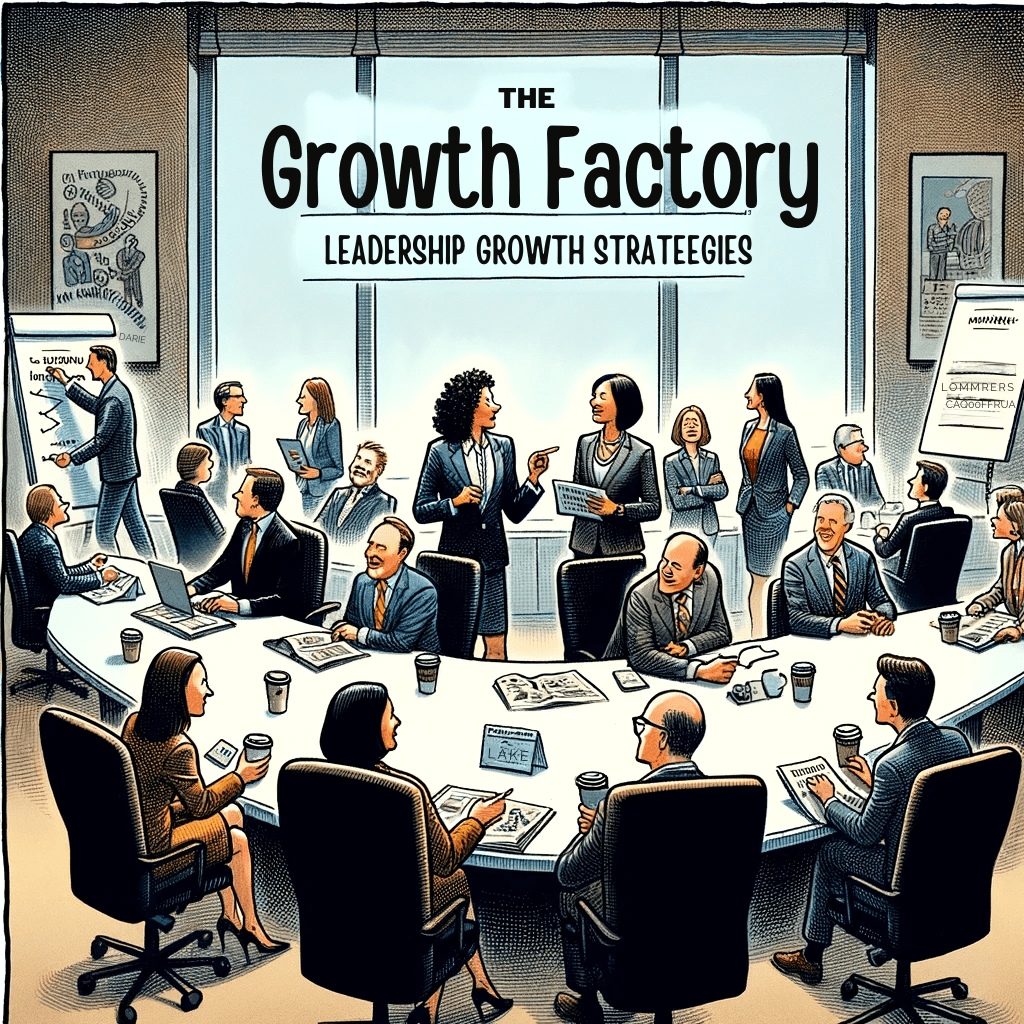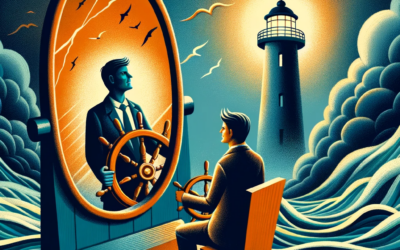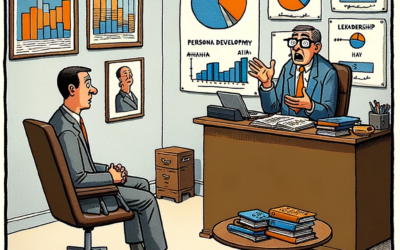
Introduction to Leadership Growth Strategies
In the ever-evolving landscape of modern business, leadership growth strategies are paramount for those at the helm of organizations. Whether you’re spearheading a startup or guiding a well-established company, understanding and implementing effective leadership development approaches is key to your success and that of your team.
The Essence of Leadership Development
Leadership development is not just about climbing the corporate ladder; it’s about enhancing your ability to influence, motivate, and guide others towards a common goal. It involves a deep understanding of human dynamics and the cultivation of a vision that resonates with your team.
Core Components of Effective Leadership Growth
- Self-Reflection and Awareness: Regular self-assessment is vital in identifying strengths and areas for improvement. This introspection aids in developing a more empathetic and effective leadership style and leadership growth strategies.
- Continuous Learning: The landscape of business is constantly changing. Staying informed and adaptable through continuous learning is crucial for staying ahead.
- Effective Communication: Clear, concise, and transparent communication fosters trust and clarity within your team, essential for cohesive progress.
- Empowering Others: True leaders empower their team members, encouraging innovation, and independent problem-solving.
- Building Resilience: The ability to adapt to challenges and setbacks is a hallmark of strong leadership.
Case Studies and Research in Leadership Growth
Several studies highlight the importance of these components in successful leadership development. For example, a study by Harvard Business Review emphasizes the role of continuous learning in leadership effectiveness. Similarly, a report by McKinsey & Company illustrates how empowering team members can significantly boost organizational productivity.
Conclusion: The Path to Leadership Excellence
In summary, effective leadership growth strategies involve a combination of personal development, continuous learning, and fostering a positive team environment. By focusing on these key areas, leaders can enhance their ability to guide their teams towards success in today’s dynamic business world.



